
Happy Nutrition Month!
This year, dietitians want you to know that healthy eating looks different for everyone. There’s no one-size-fits-all eating plan. Instead, the food we eat depends on so many different factors such as our culture, age, activity level, personal circumstances and health conditions.
Let’s learn about food and culture! Sue and Lucia celebrate the diversity of cuisines and share the meaning of food in their Chinese and Hungarian cultures.

Sue Mah, Co-Founder n4nn
1. What’s your cultural background?
I am Chinese.
2. What is the meaning of food in your culture? / How is food used in celebrations or traditions?
Food is a huge part of Chinese celebrations and traditions! For example, chicken, fish and lettuce are enjoyed during the Lunar New Year because they are homonyms for prosperity, abundance and wealth. Special birthdays and weddings are celebrated with a delightful 8-course menu including significant foods like Peking duck and noodles for longevity. My paternal grandfather was a medical acupuncturist, so we also used foods, herbs and special soups for healing and health.
3. What is your favourite cultural ingredient or food or recipe?
It’s probably a tie between Har Cheung which is a steamed shrimp rice noodle roll, and Zongzi, which is a sticky rice dumpling with meat wrapped in bamboo leaves. These recipes are trickier to make, so my go-to cultural recipe are these Chicken Lettuce Wraps – see recipe below – even my chef Dad eats these, so you know they must be good!
4. What would you like to say to Canadians during National Nutrition Month?
Food is delicious, nourishing and brings us together. Take time to embrace your own cultural foods as well as explore new flavours and ingredients.
 1. What’s your cultural background?
1. What’s your cultural background?
I am Hungarian.
2. What is the meaning of food in your culture? / How is food used in celebrations or traditions?
Food is family – and food is love. Hungarians know how to cook everything – snout to tail, farm to table. Many like my grandmother and sister are excellent bakers too though that’s not my forte.
3. What is your favourite cultural ingredient or food or recipe?
Hungarian Cuisine in short! Paprika is the heart of Hungarian cuisine and the traditions go all the way back to the first Hungarians, and some of the dishes have been cooked the same way for hundreds of years.
4. What would you like to say to Canadians during National Nutrition Month?
Enjoy and explore how your culture, food traditions, personal circumstances & nutritional needs all contribute to what healthy looks like for you. Reach out to a registered dietitian to support your healthy eating journey.
Sue’s Chicken Lettuce Wraps

Sue’s Chicken Lettuce Wraps
This is an easy and delicious recipe that’s fun to eat. The secret is the hoisin sauce!
Ingredients
4 – 5 T hoisin sauce
2 T light soy sauce
2 T rice wine vinegar
1 tsp sesame oil
1 tsp cornstarch
1 pound ground chicken (or diced chicken breast)
2 teaspoons canola oil
1/2 onion, diced
2 carrots, diced
1 8-ounce can water chestnuts, drained and diced
3 cloves garlic, minced
1 T ginger, minced
1 head Bibb, Boston or romaine lettuce
Red pepper, julienned (for garnish)
Green onions, julienned (for garnish)
Directions
1. In a small bowl, mix the hoisin sauce, soy sauce, rice wine vinegar and sesame oil. Whisk in cornstarch. Set aside.
2. Heat 1 tsp of canola oil in a frying pan over medium heat. Add the ground chicken and crumble it with a spoon or spatula as you are cooking it. Cook for about 8 minutes or until the internal temperatures reaches 165 F. Transfer the cooked chicken to a clean bowl.
3. Heat 1 tsp of canola oil in the frying pan. Add the onions and carrots, and cook until tender. Add water chestnuts, garlic and ginger. Cook for about 30 seconds.
4. Add the chicken back to the pan. Stir in the sauce and continue cooking until the sauce begins to bubble and the chicken is thoroughly coated with sauce.
5. Gently separate the lettuce leaves. Wash and pat the leaves dry. Place a large spoonful of the chicken mixture in the centre of the lettuce leaf. Garnish with red pepper and green onions. Roll it up and eat it with your hands! Enjoy!
Makes 6 servings.
Lucia’s Chicken Paprikás
Serve some veggies on the side such as steamed broccoli or green beans. A fresh cucumber or tomato salad is also fitting. Enjoy! Jó étvágyat!

Lucia’s Chicken Paprikás
Ingredients:
2 1/2 – 3 lbs chicken thighs or drumsticks
2 onions, chopped
2 garlic cloves, minced
2 tbsp vegetable oil
2 tbsp Hungarian ground paprika
1/2 tsp ground black pepper
2 bell peppers, chopped
2 tomatoes, chopped
2 cups water or low sodium chicken broth
1/2 cup sour cream
1 tbsp flour
Directions:
1. In a large skillet, heat oil and brown chicken on all sides – remove chicken to a plate.
2. Next, add onion to the skillet and cook till golden brown. Add garlic, pepper and tomatoes and cook for another 3 minutes.
3. Turn off heat and stir in the paprika and ground black pepper.
4. Return chicken to the skillet and mix well. Add water or chicken broth until chicken is mostly covered. Bring to boil, cover, reduce heat and simmer for 30 minutes.
5. In a small bowl, mix sour cream and flour until the mixture is smooth. Add the sour cream mixture to the chicken paprikas and simmer for 5 minutes until sauce is thickened.
6. Serve with Hungarian nokedli (small dumplings) or penne or rotini. [For a vegetarian version, replace chicken with tofu cubes and reduce cooking time to 10 minutes].
Makes 6 servings.


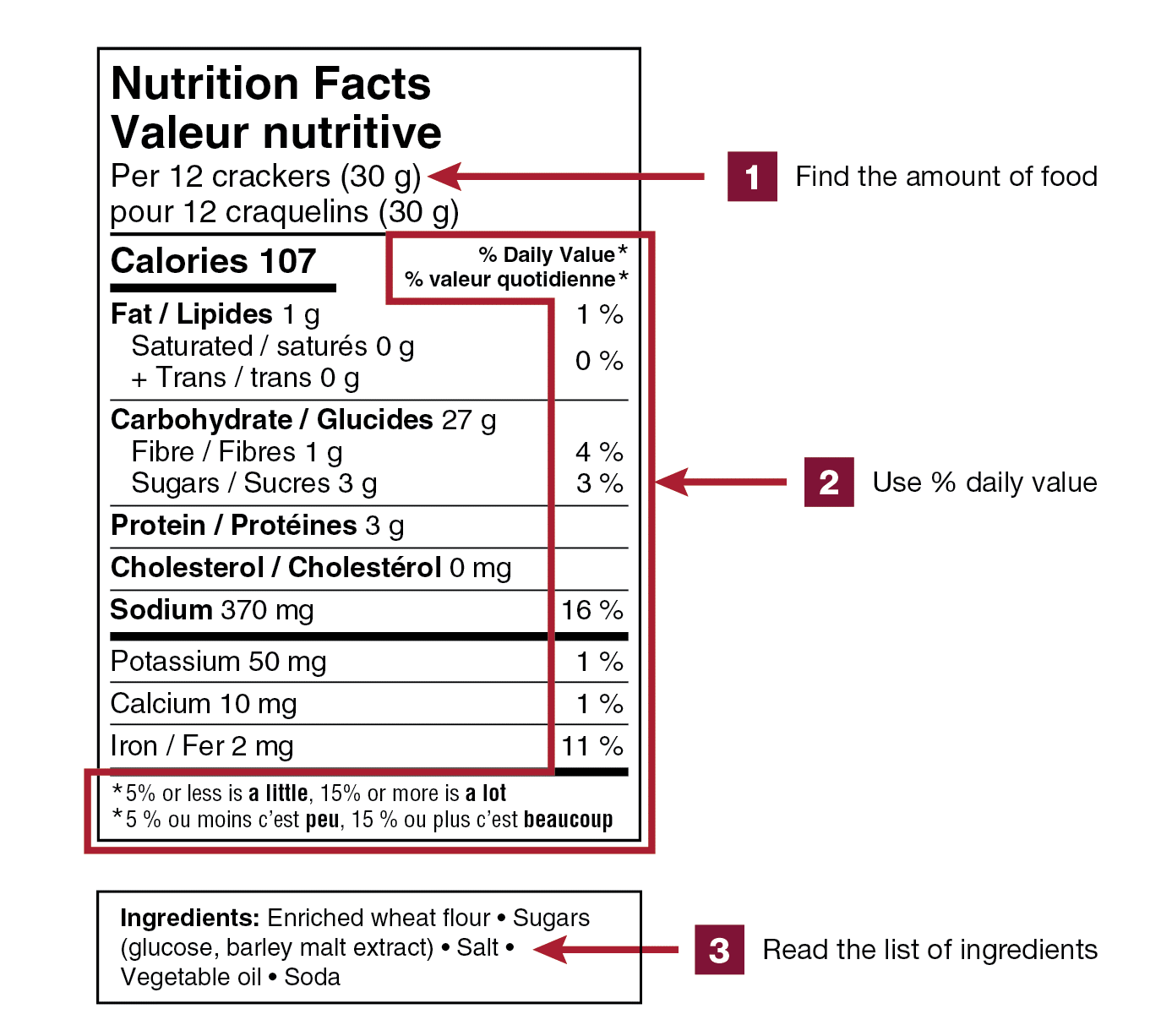


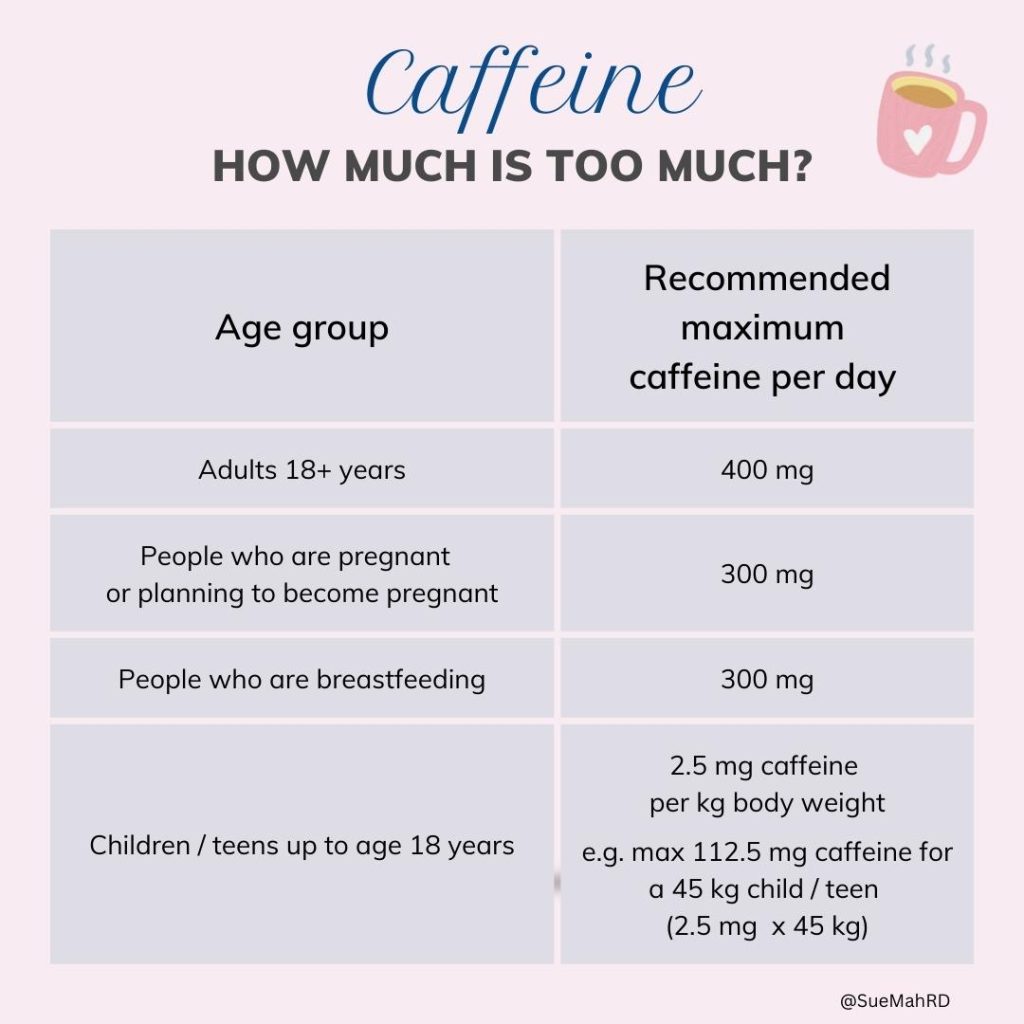
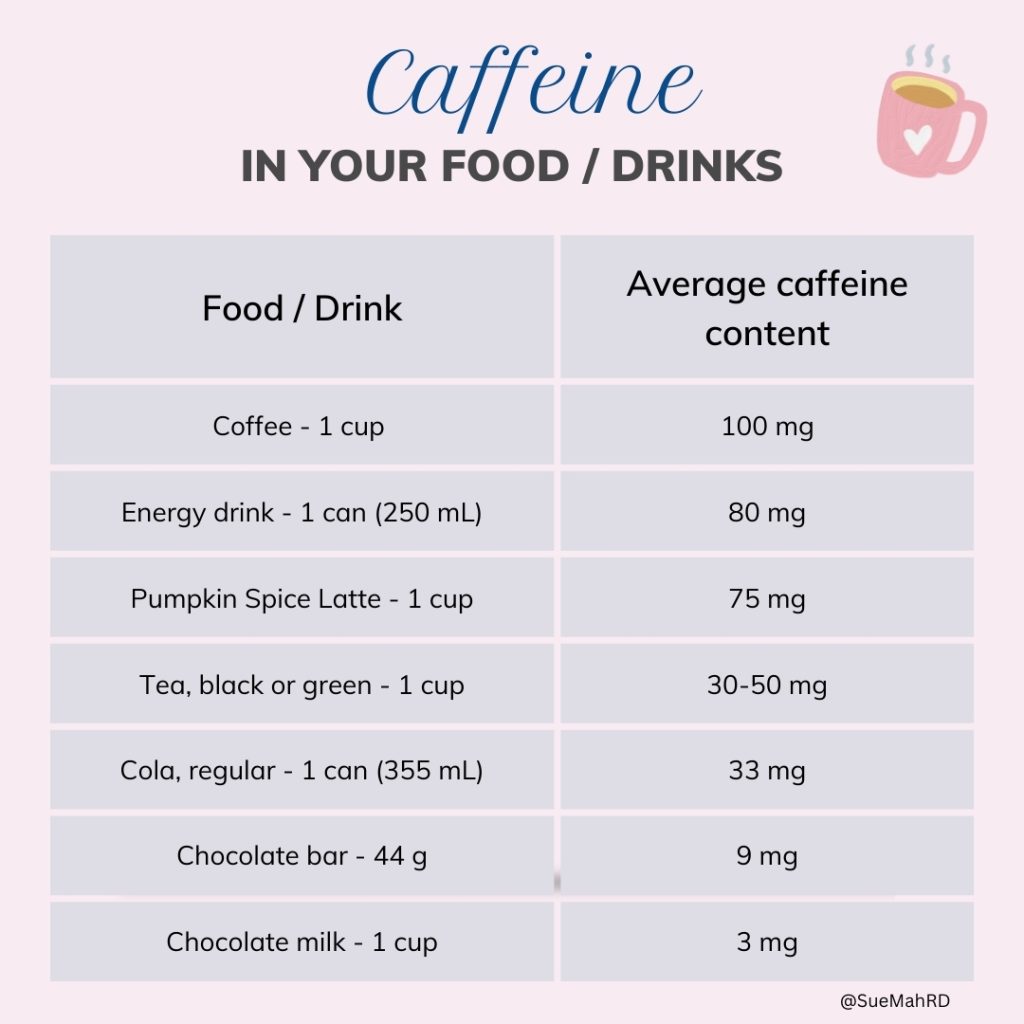

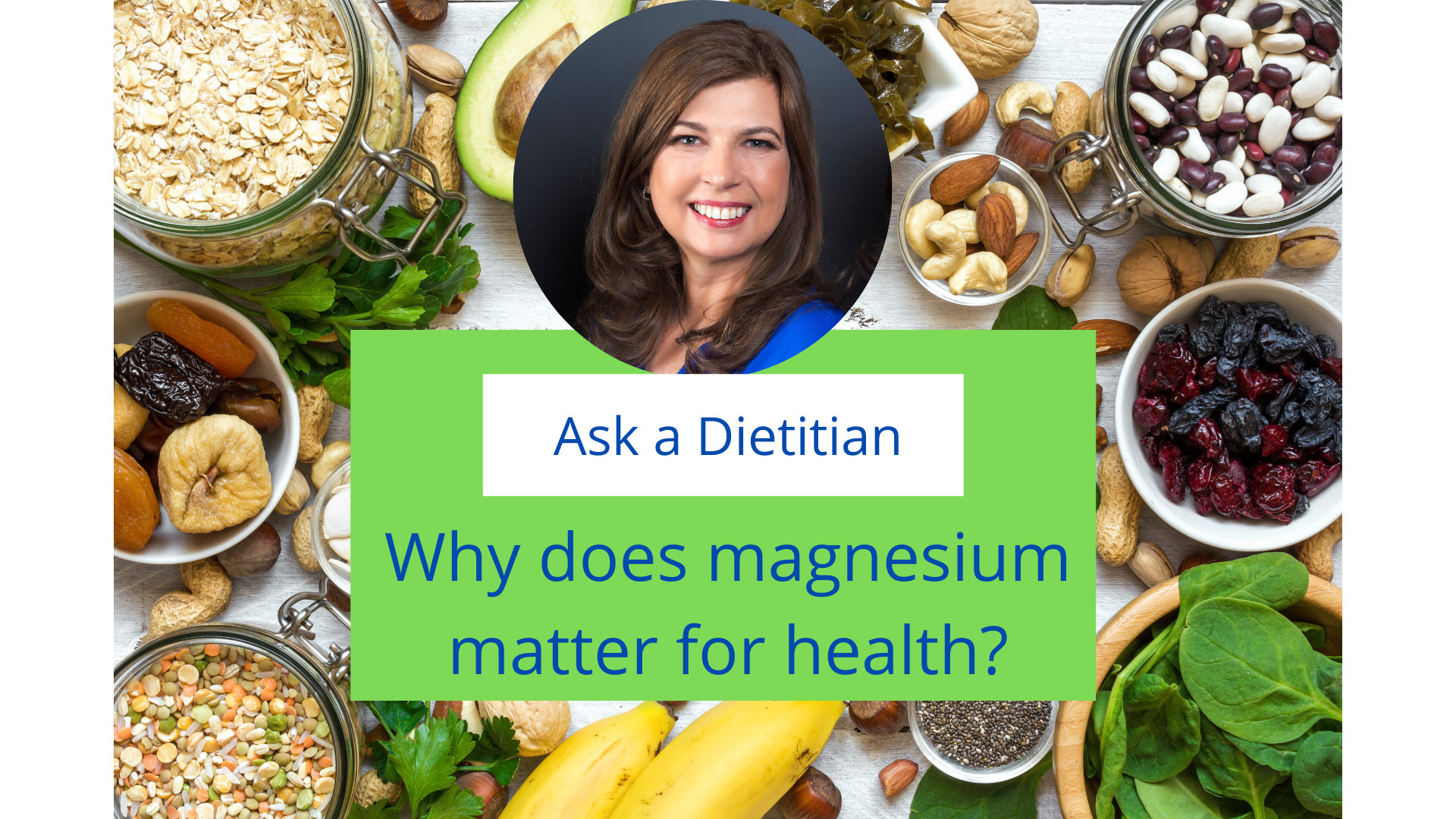
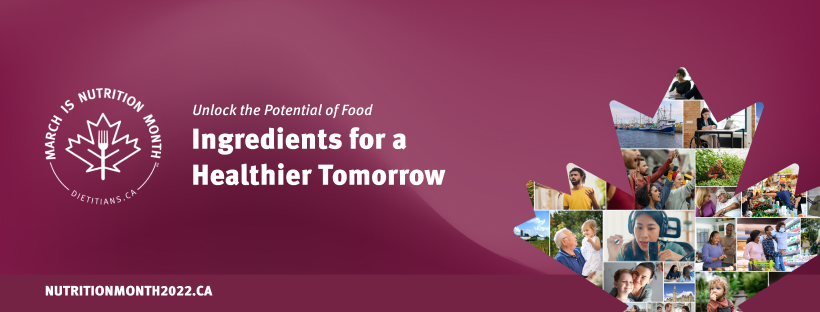 Image Source: Dietitians of Canada
Image Source: Dietitians of Canada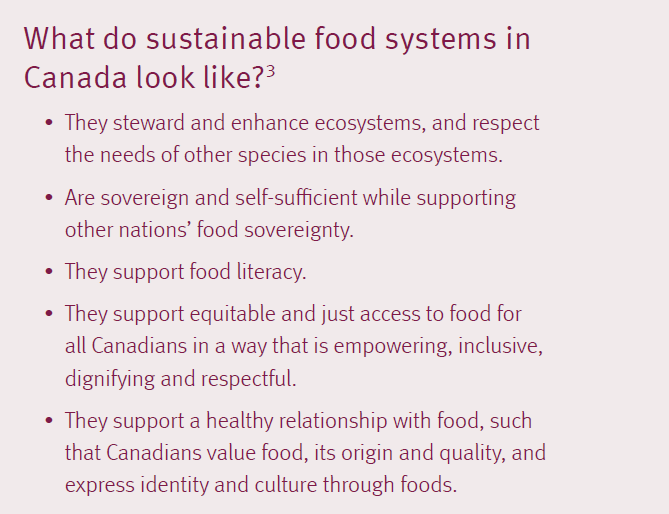

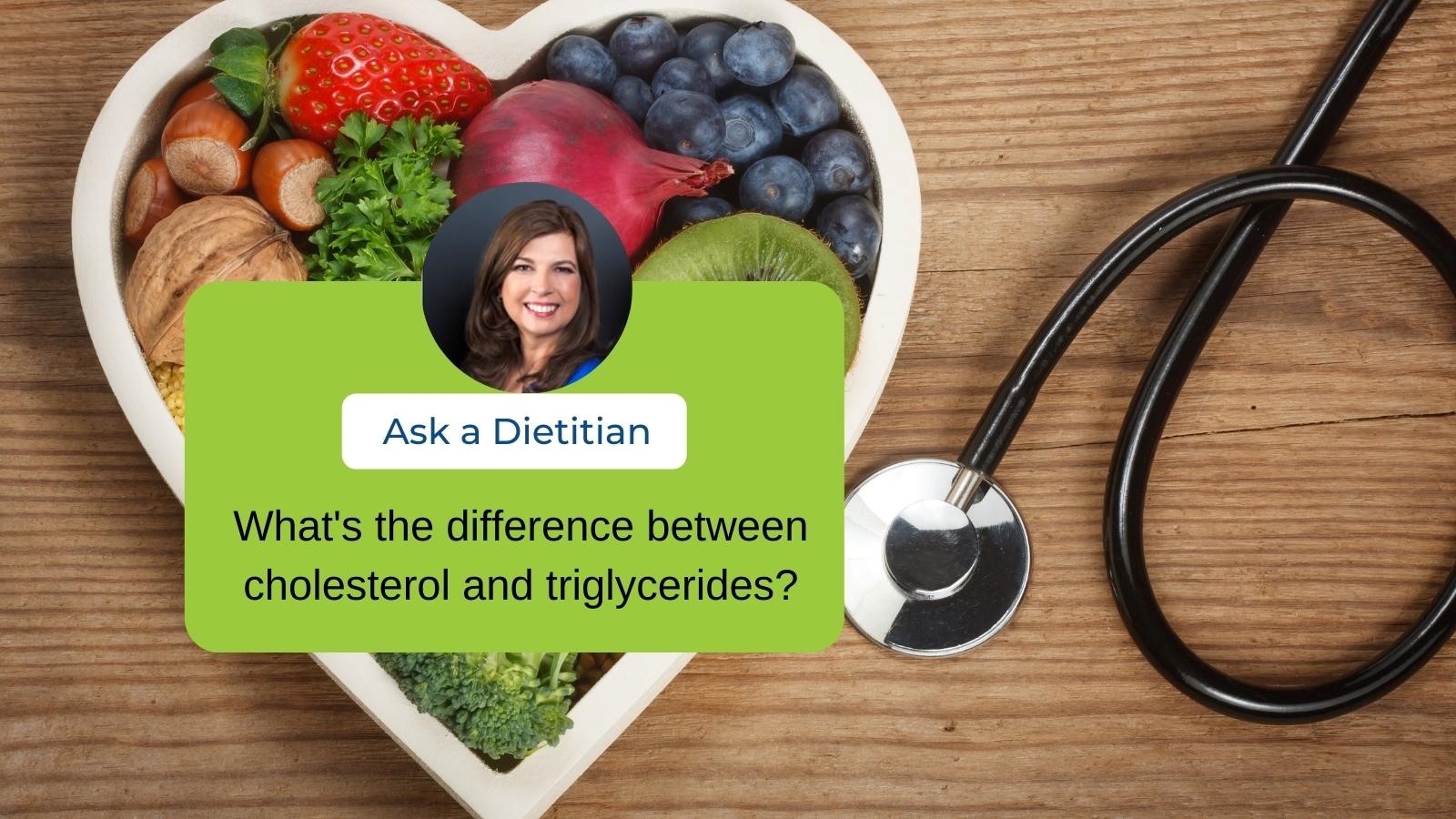
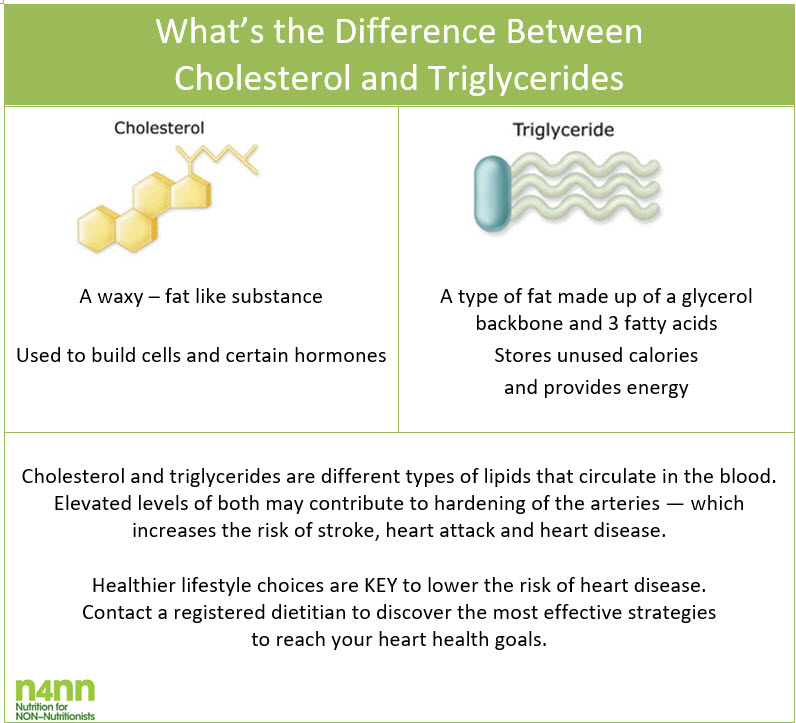



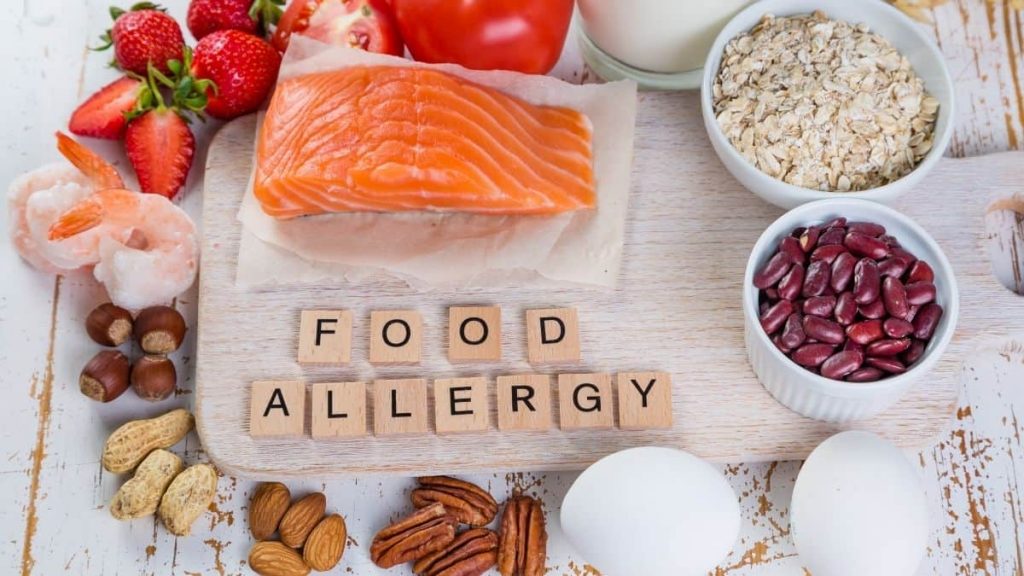






 1. What’s your cultural background?
1. What’s your cultural background?
























